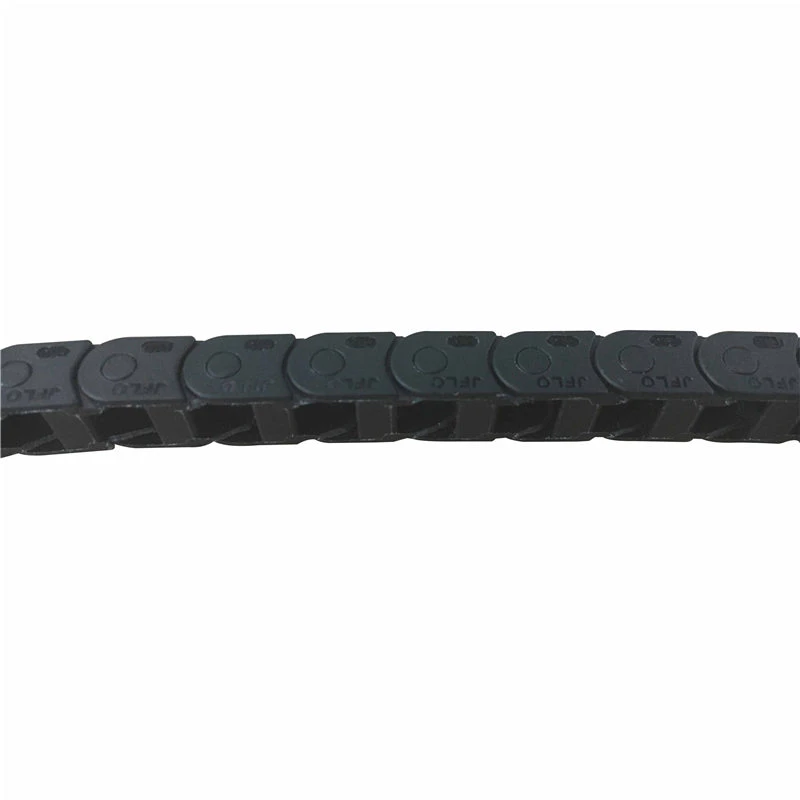swarf conveyors
Understanding Swarf Conveyors An Essential Component in Manufacturing
In the world of manufacturing, efficiency is key. Every aspect of production should aim to minimize waste, reduce manual labor, and optimize workflow. One of the components that significantly contributes to this efficiency is the swarf conveyor. Swarf, which refers to the chips, shavings, or scrap materials produced during machining processes, can create significant challenges for manufacturers if not properly managed. Swarf conveyors play a vital role in handling and transporting these by-products away from the machining area, ensuring a clean and safe working environment.
What Are Swarf Conveyors?
Swarf conveyors are specialized systems designed to transport swarf and other small debris generated during metalworking processes. These systems can vary in design, depending on the type of machinery and the nature of the swarf being managed. Common types include belt conveyors, screw conveyors, and magnetic conveyors, each providing unique benefits suited to specific applications.
1. Belt Conveyors These consist of a continuous belt that moves swarf along a predefined path. They are effective for transporting larger volumes of material over longer distances.
2. Screw Conveyors These systems utilize a rotating helical screw to move swarf through a tube. They are particularly beneficial for transporting bulk materials and can accommodate different materials of varying densities.
3. Magnetic Conveyors Used primarily for ferromagnetic swarf, these conveyors utilize magnets to transport metal chips along a surface, making them ideal for operations such as milling and turning.
Benefits of Using Swarf Conveyors
Incorporating swarf conveyors into the manufacturing process offers numerous advantages
- Improved Workplace Safety By automating the removal of swarf, businesses can significantly reduce the risk of accidents related to manual handling of sharp and potentially hazardous materials.
- Enhanced Efficiency Automated swarf removal keeps the production line moving smoothly. Without accumulated waste material, machines can operate at full capacity without interruptions.
swarf conveyors

- Cost-Effectiveness Although there is an initial investment in conveyor systems, the long-term savings achieved from reduced labor costs, machine maintenance, and increased efficiency often outweigh these costs.
- Environmental Considerations Managing swarf effectively contributes to sustainability efforts. By recycling or reusing metal swarf, manufacturers can decrease waste and lower their environmental footprint.
Choosing the Right Swarf Conveyor
Selecting the appropriate swarf conveyor involves several considerations. Manufacturers should evaluate the type of swarf generated—whether it’s dry, wet, or oily—as this influences the conveyor design and material compatibility. Additionally, the volume of swarf produced and the layout of the manufacturing facility will impact the choice of conveyor type.
It is also essential to consider the ease of maintenance. Conveyor systems that require frequent repairs can lead to downtime, negating the efficiency gains made through automation. Therefore, opting for robust, reliable systems with good support from the manufacturer is crucial.
Future Trends in Swarf Conveyors
As technology continues to advance, the future of swarf conveyors looks promising. Integration with smart manufacturing systems and IoT (Internet of Things) is likely to enhance monitoring and control, allowing for real-time data collection and predictive maintenance. This can lead to even greater efficiency and reduced operational costs.
Additionally, with the growing emphasis on sustainability, there will likely be increased focus on developing conveyors that facilitate recycling processes, ensuring that swarf is not just waste but a valuable resource.
Conclusion
Swarf conveyors are an essential element of modern manufacturing processes. By providing a reliable means of managing and transporting swarf, they enhance safety, efficiency, and sustainability in the workplace. As technology advances, these systems will continue to evolve, offering even greater benefits. For manufacturers looking to optimize their production lines and reduce waste, investing in swarf conveyor systems is a step in the right direction toward a more sustainable and efficient future.








